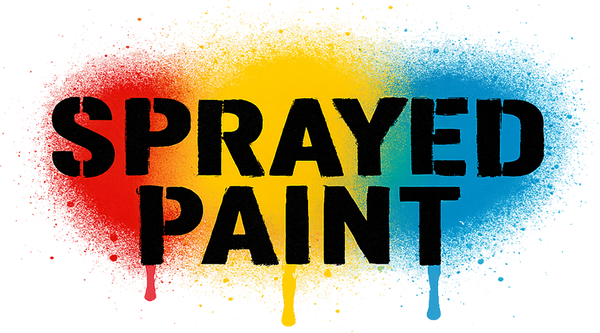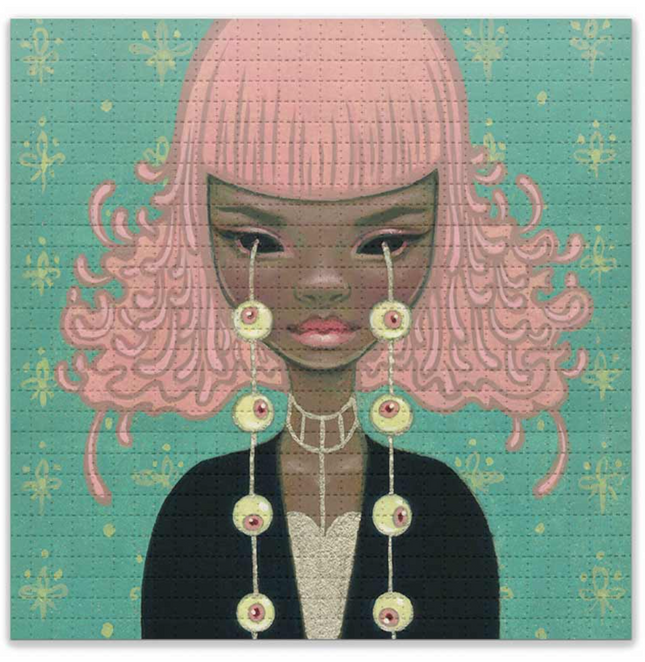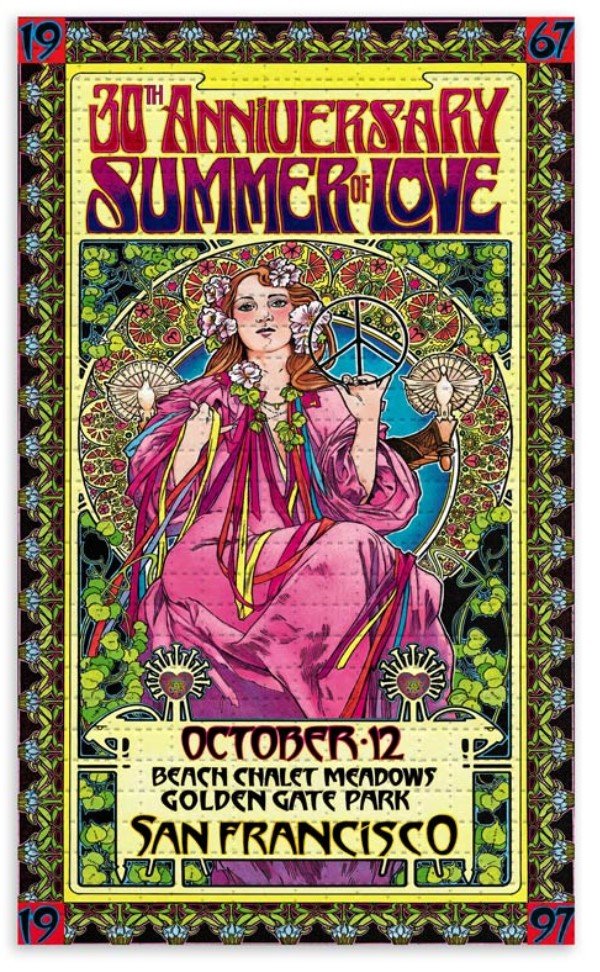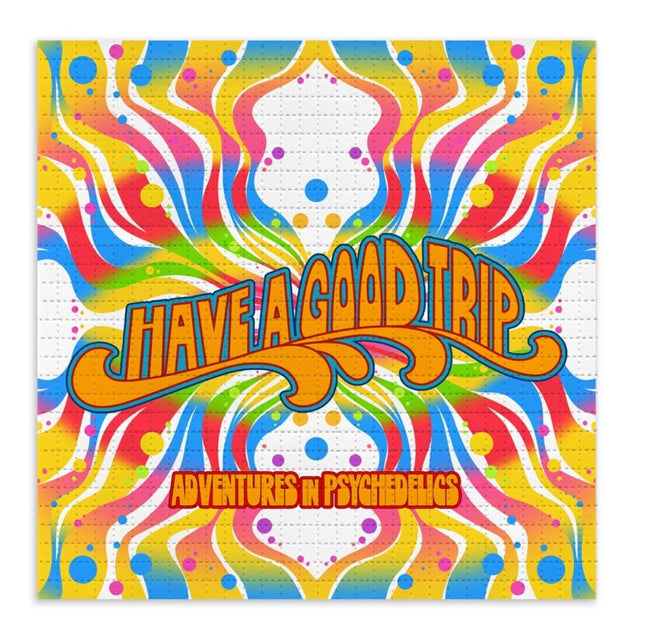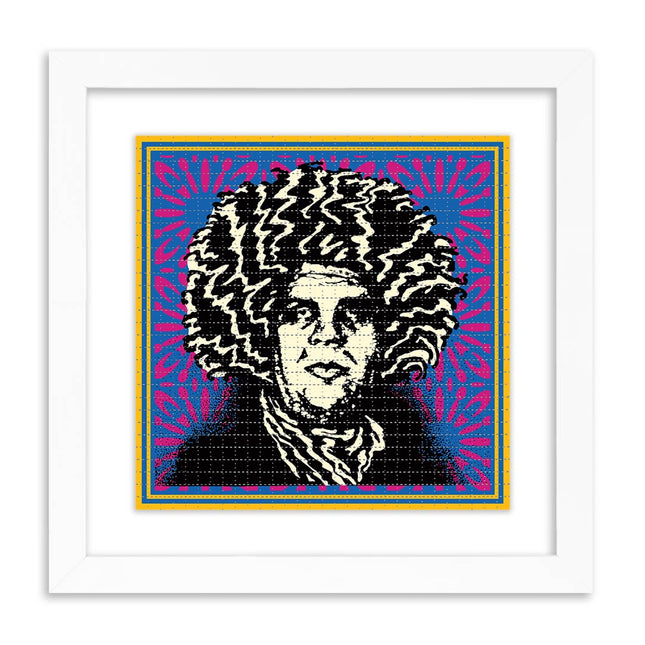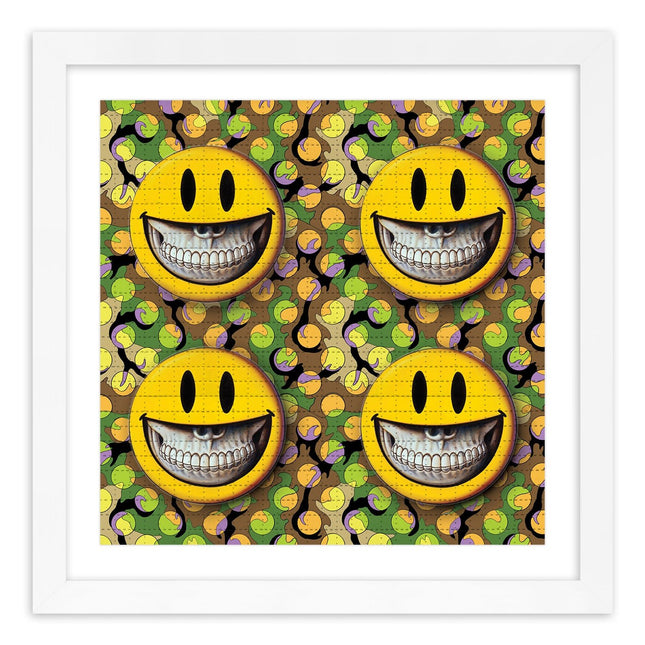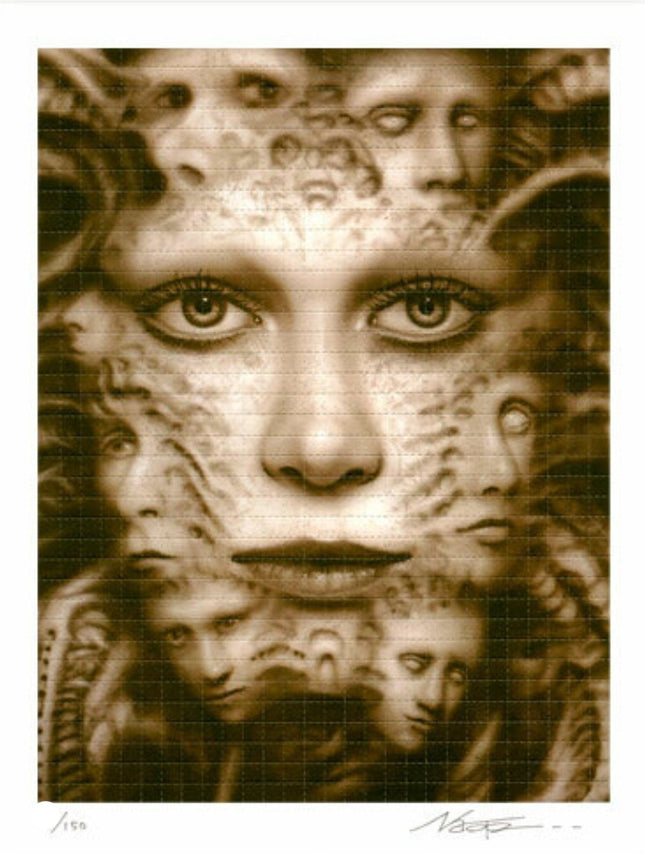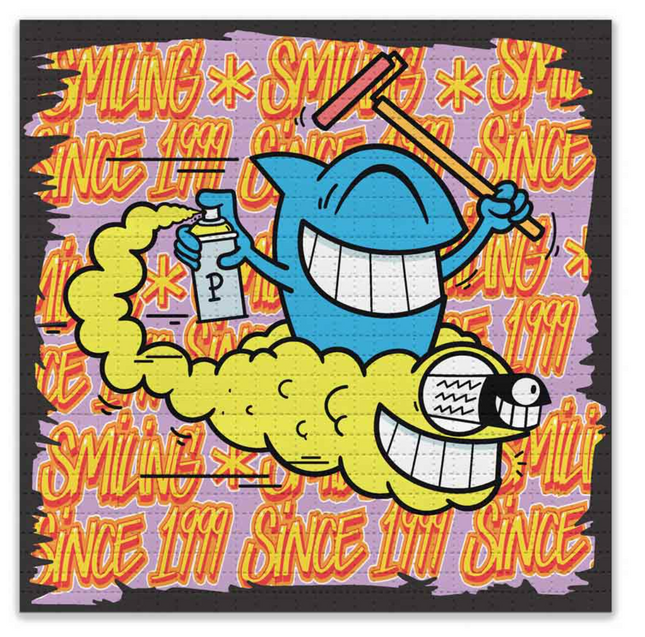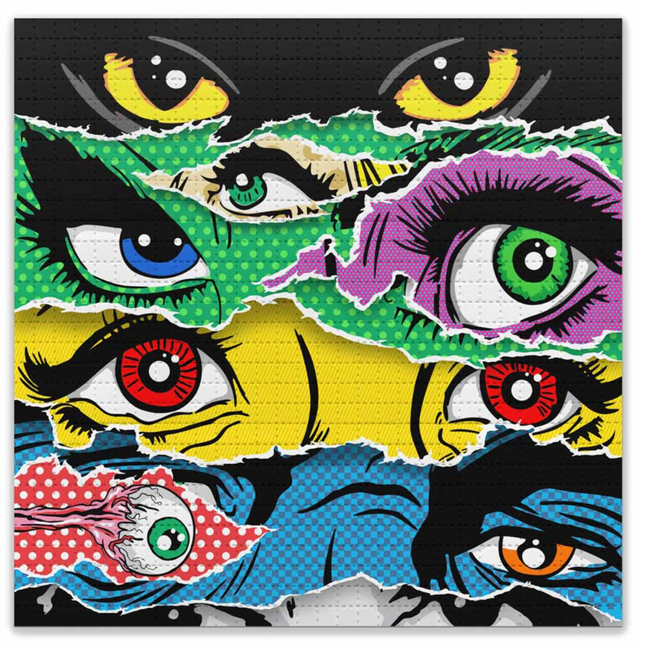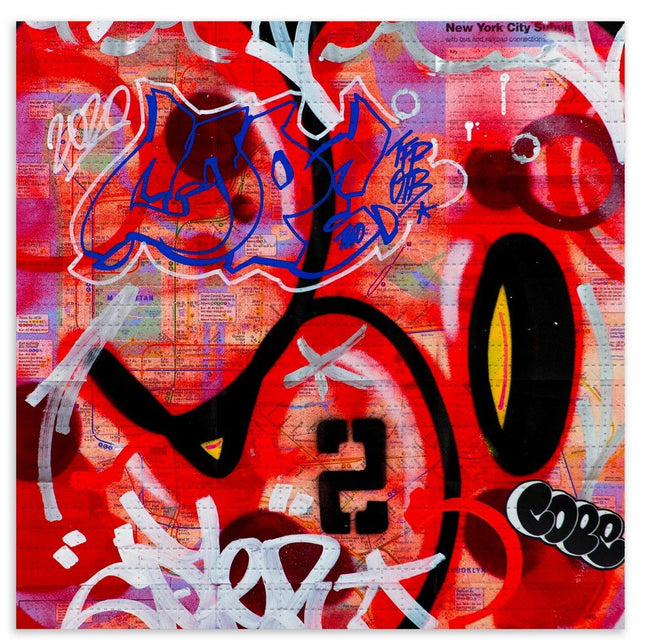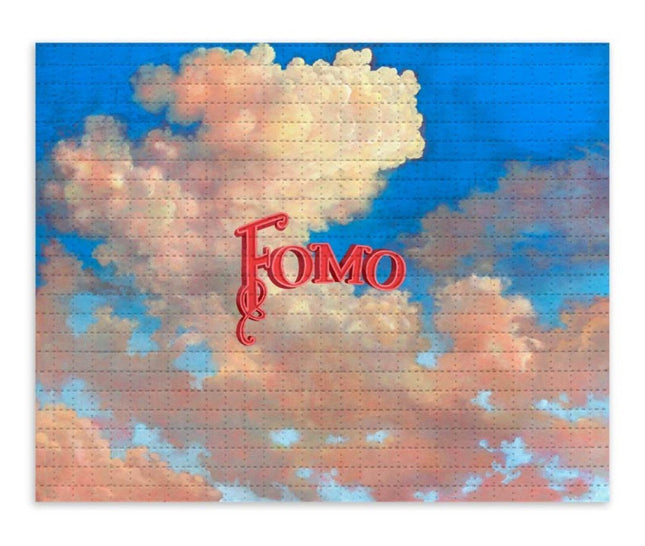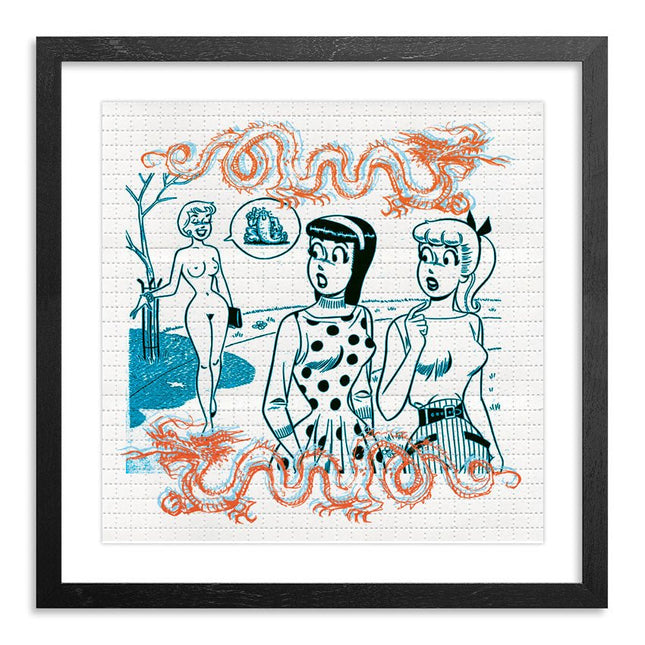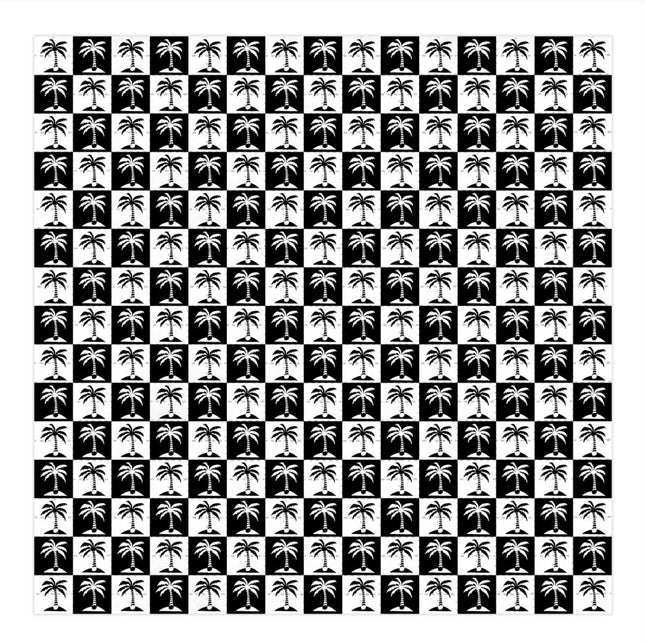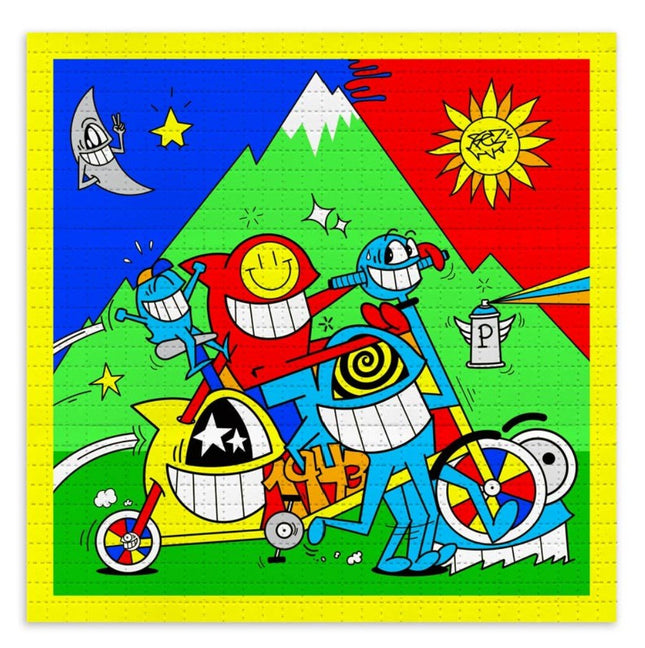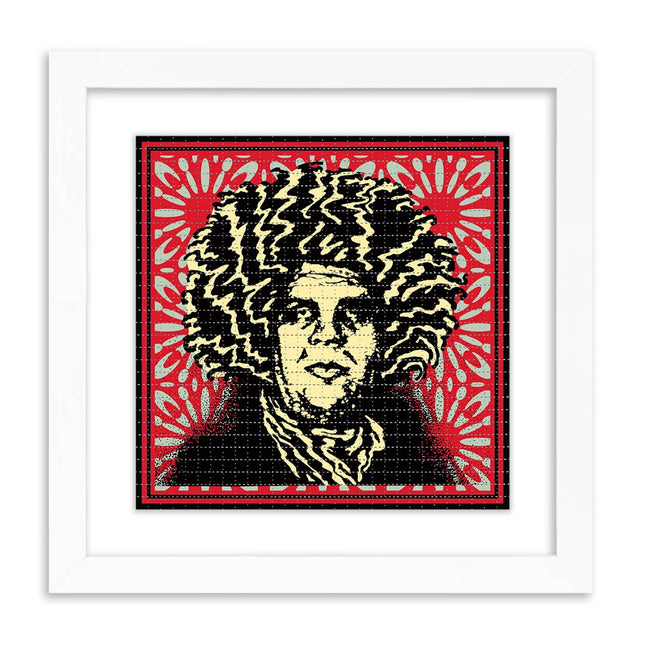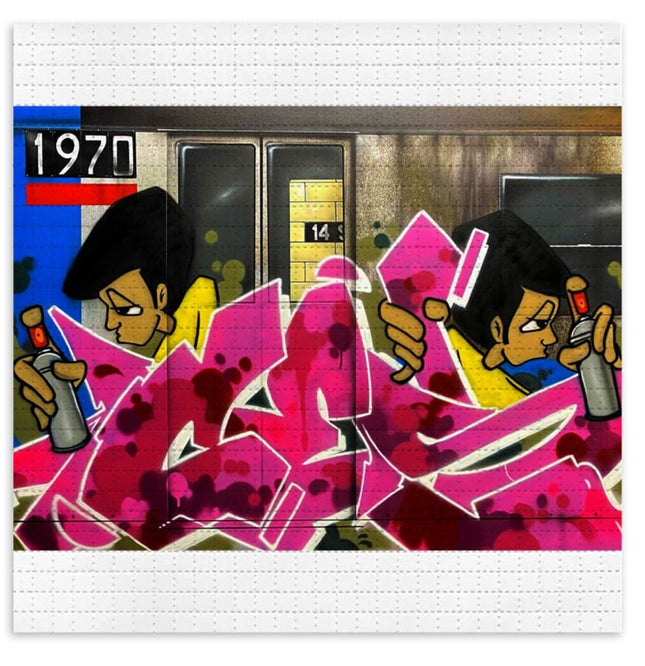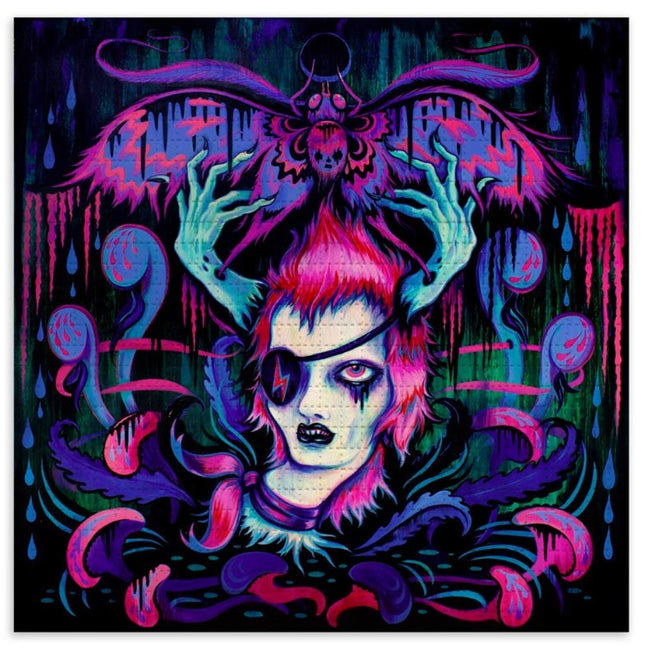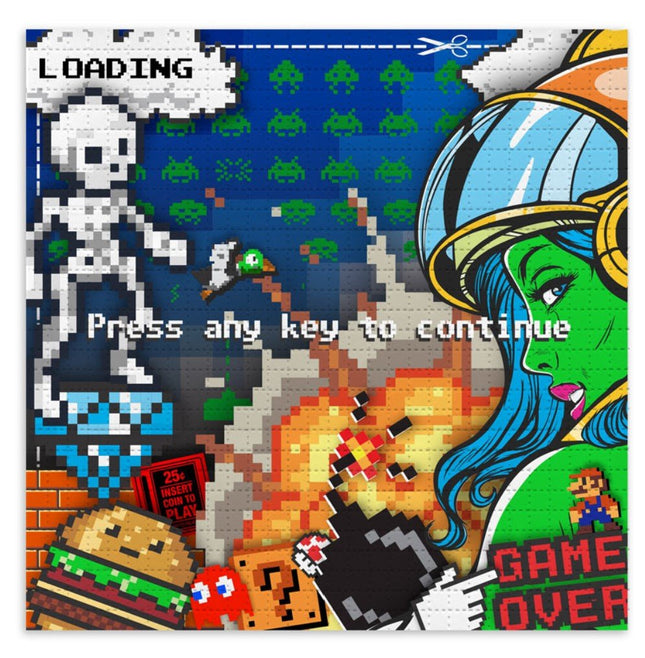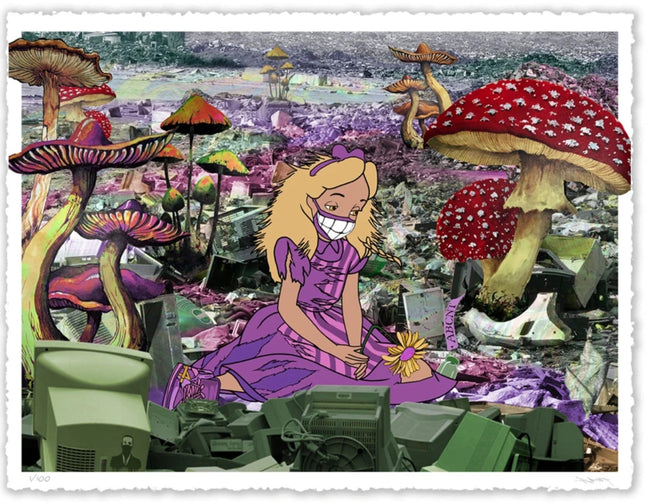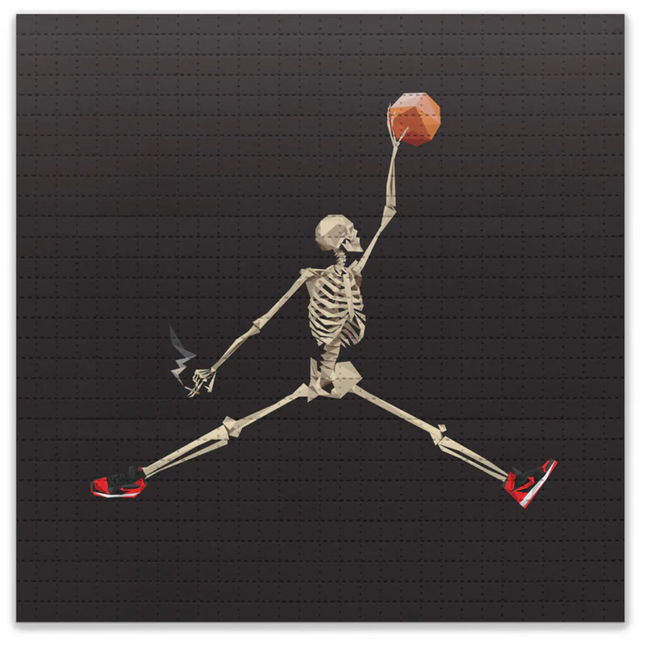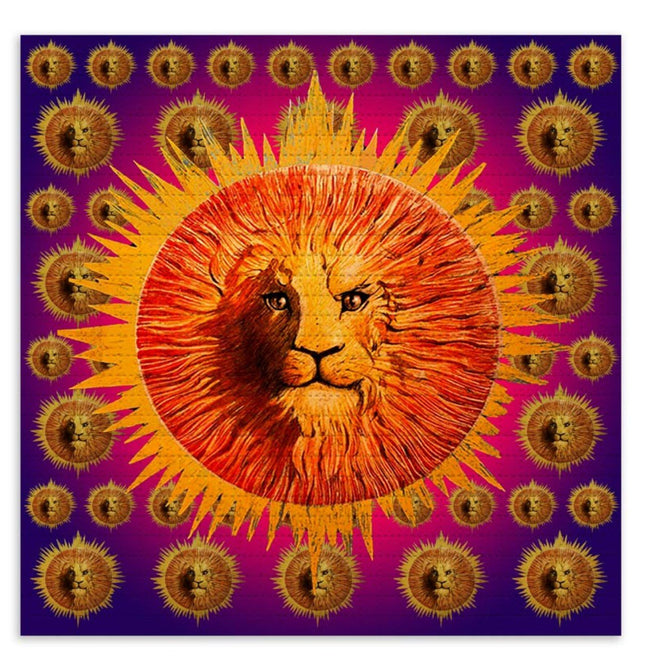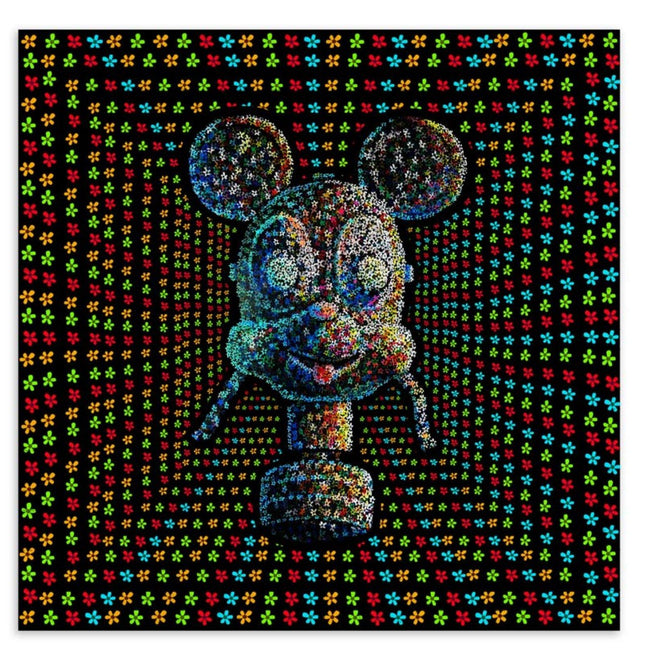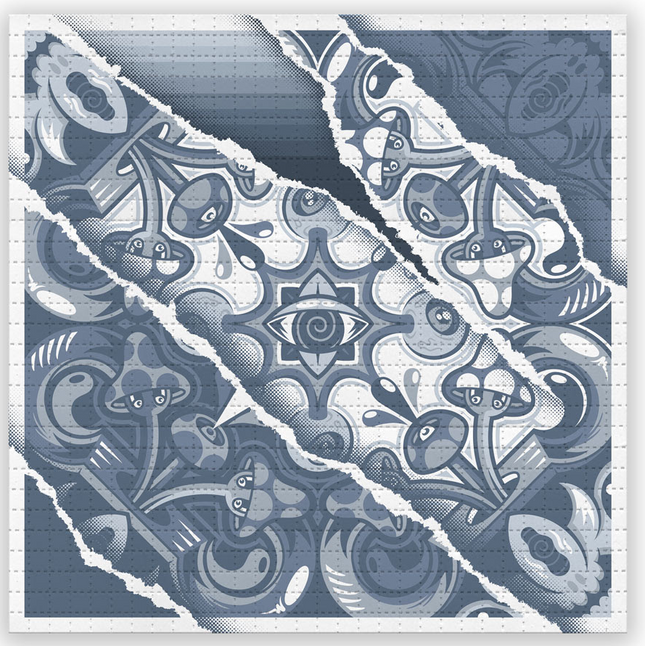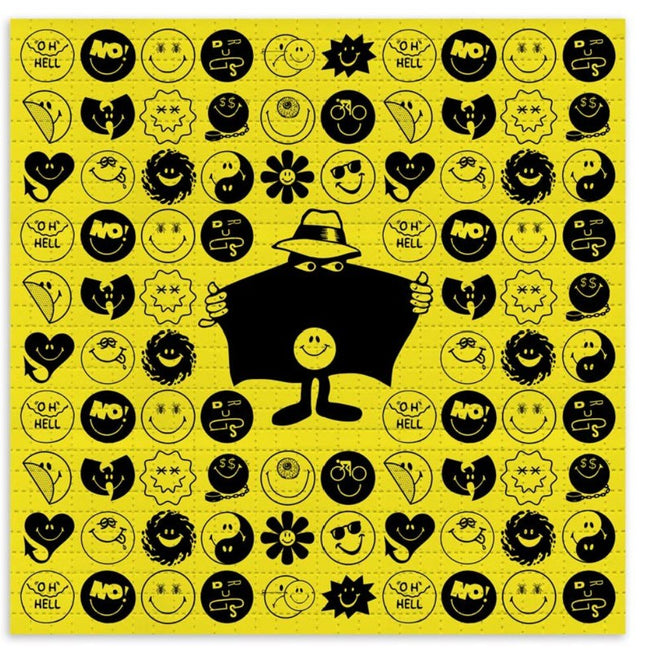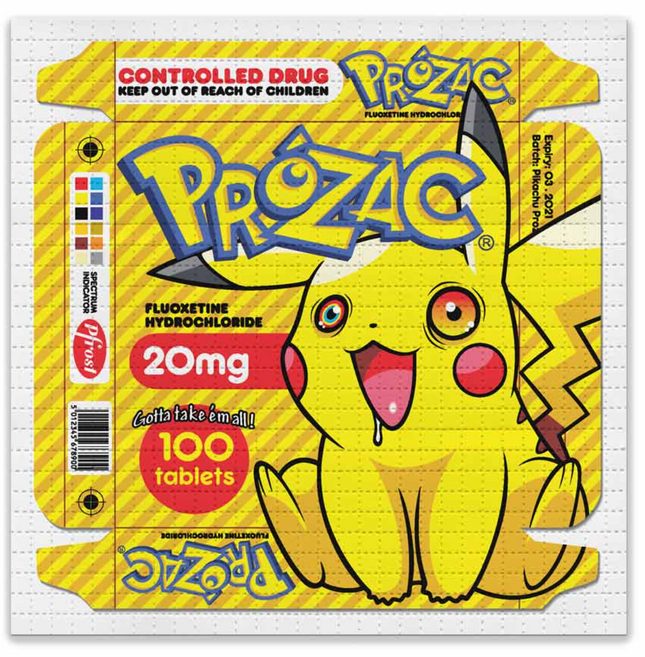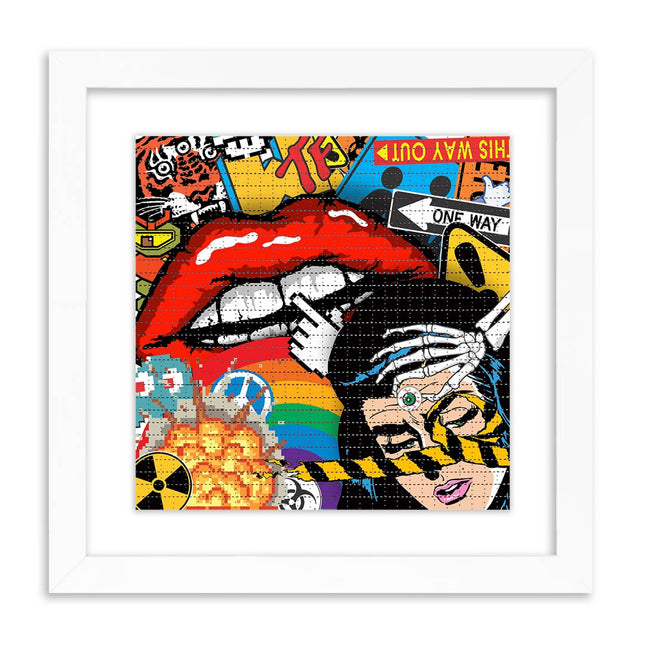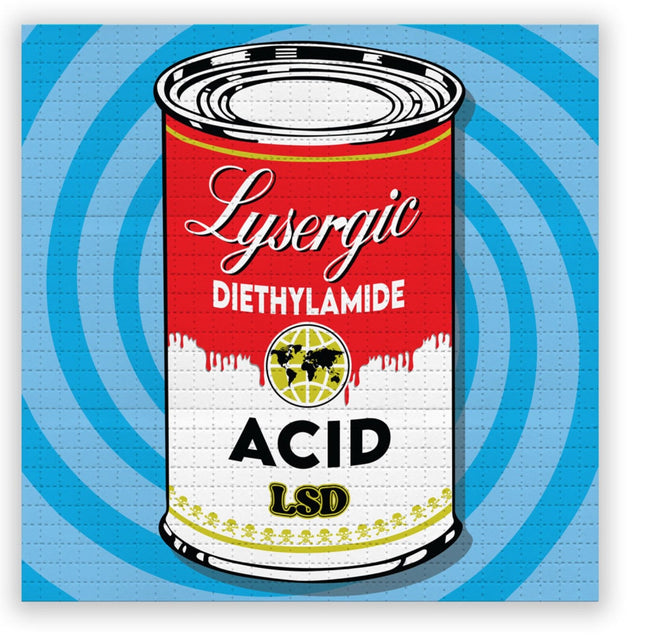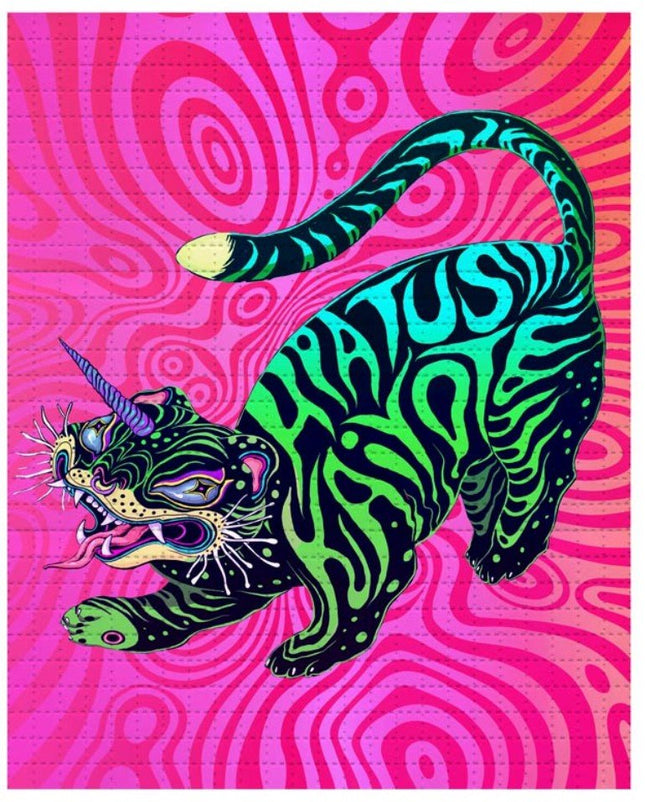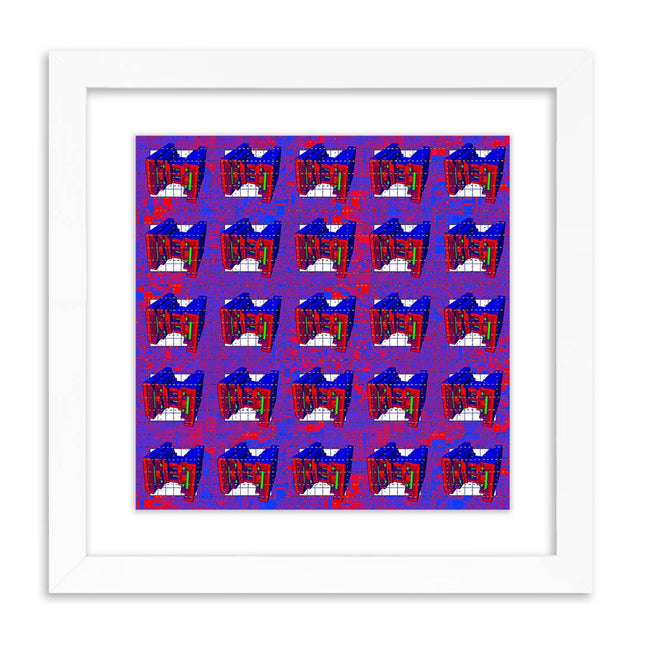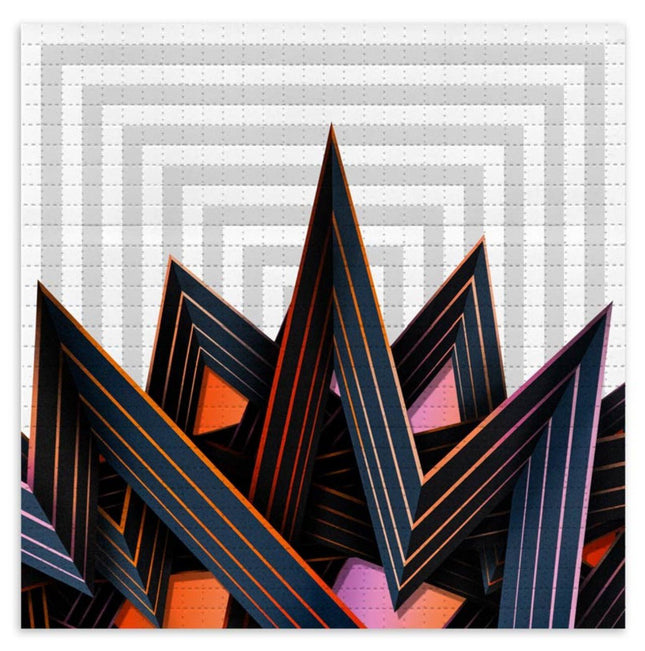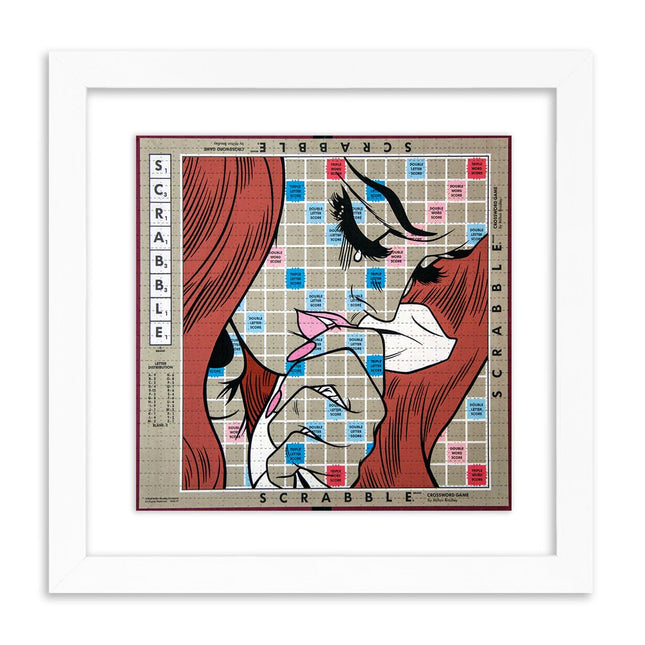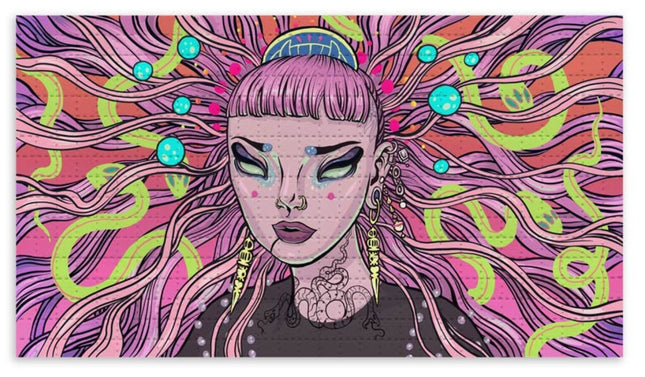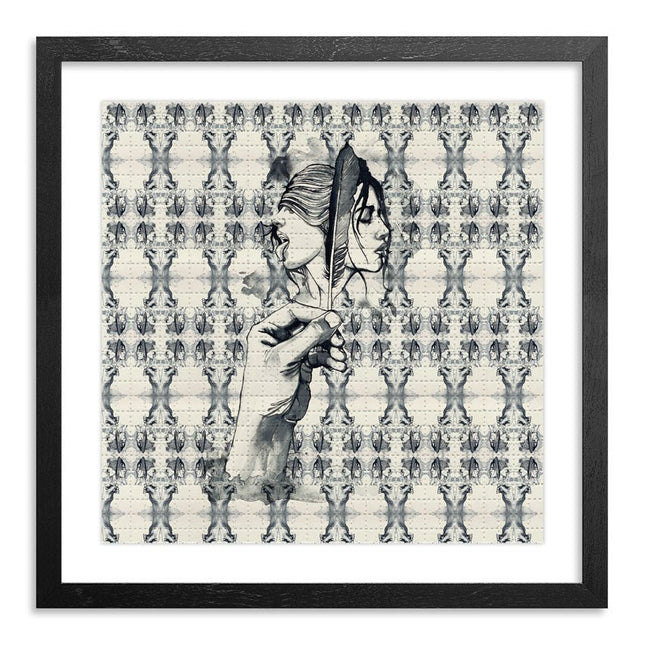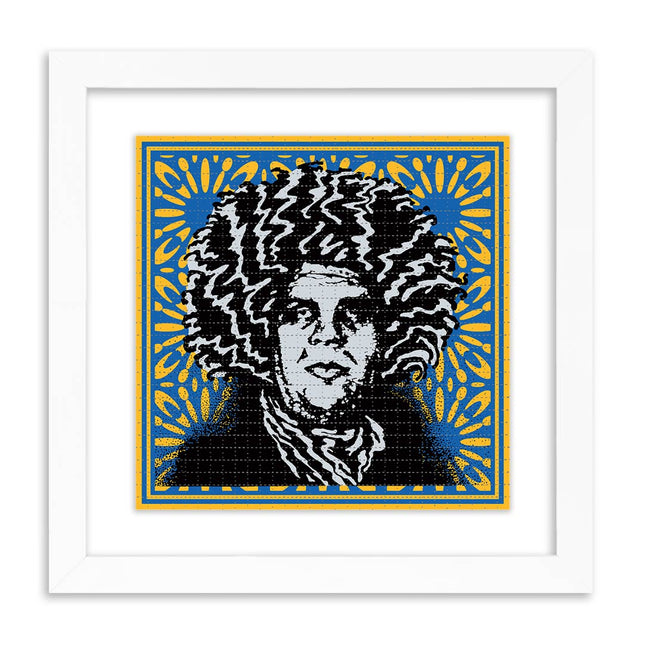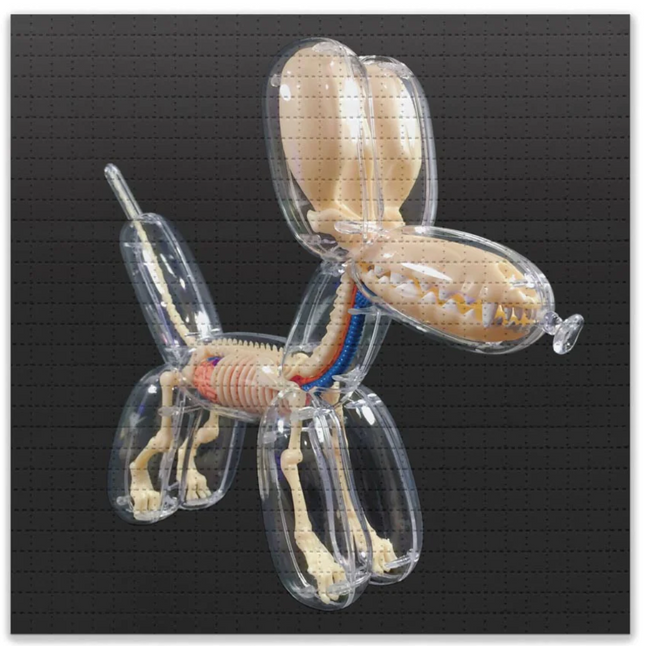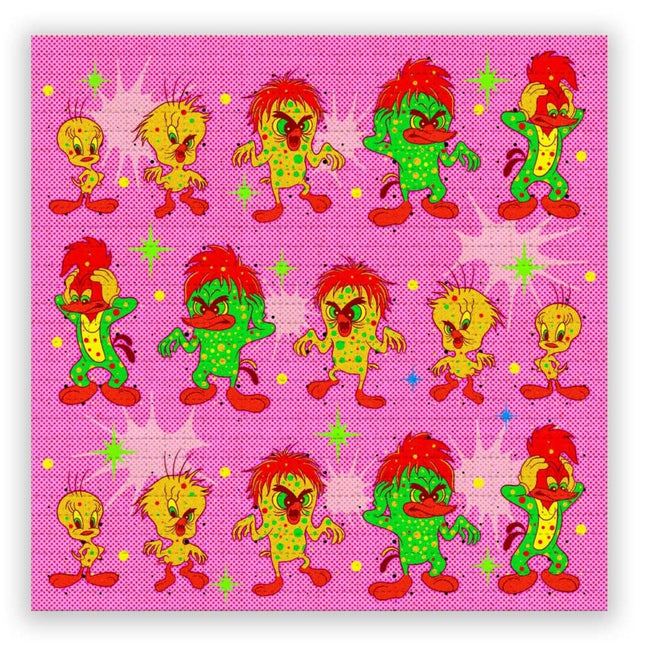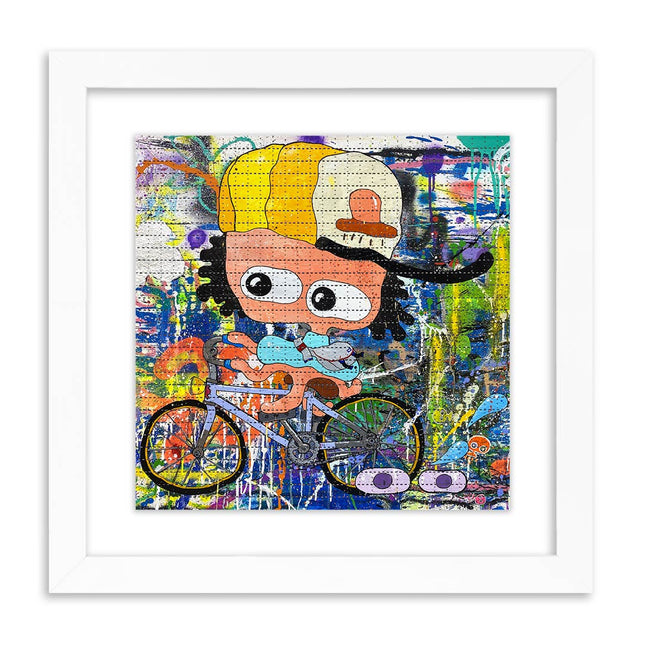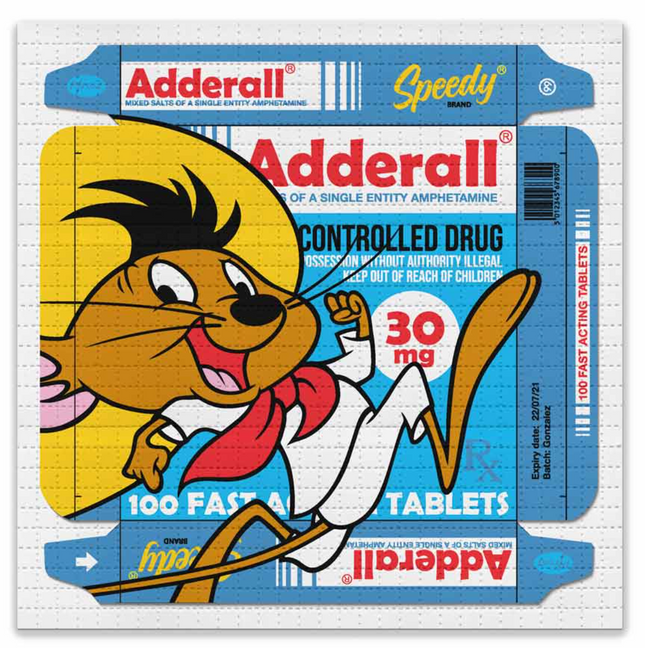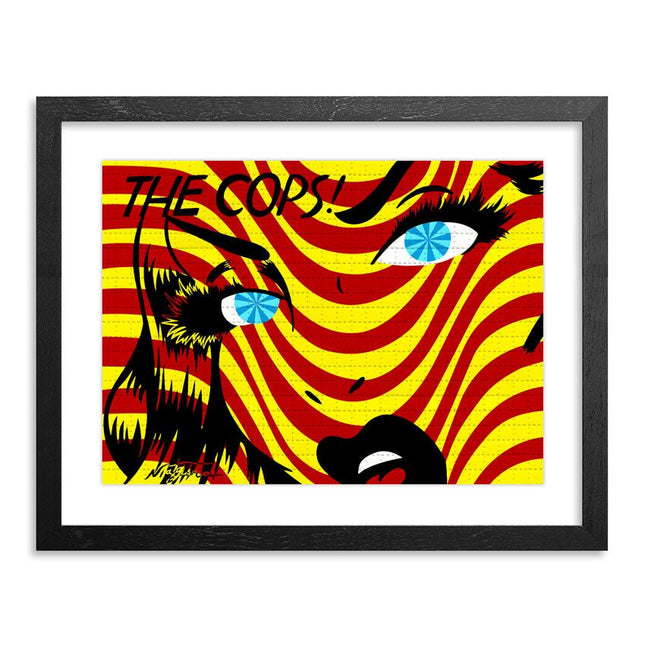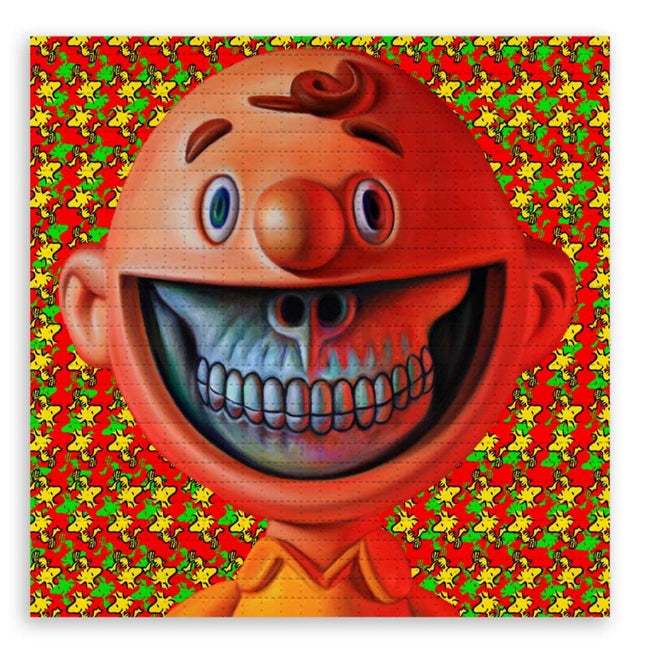
Acid and LSD in Street Pop Art & Graffiti Artwork
Acid and LSD have had a lasting influence on Street Pop Art & Graffiti Artwork, serving both as creative catalysts and visual subjects since the psychedelic era of the 1960s. The hallucinogenic effects of LSD shaped the aesthetics of counterculture art, establishing a visual vocabulary that persists today through surreal distortions, color overloads, and fluid forms. Artists working in spray paint, silkscreen, marker, and mixed media have long explored the altered perception, spiritual symbolism, and visual chaos associated with LSD. These substances, though illegal in many contexts, remain central to the conversation around consciousness, rebellion, and visual liberation. Within graffiti and pop street styles, acid continues to function not just as a drug reference, but as a visual metaphor for transformation and nonconformity.
Psychedelic Aesthetics and Urban Mutation
The influence of LSD can be seen in the warped geometries, melting characters, eyeball motifs, and neon spectrums that populate murals, prints, and wheatpastes in cities worldwide. Artists like Buff Monster, Kenny Scharf, and Alex Pardee have created work infused with psychedelic surrealism, featuring warped anatomy, floating eyes, and dripping textures that evoke the fluidity of LSD experiences. Even within sticker art or marker-filled blackbooks, acid references show up in spirals, radiant fractals, and rainbow glows that seem to pulse off the paper. The visual language of LSD taps into a realm of mental escapism, and graffiti writers often use it to represent states of elevation beyond the rules of the physical world. As such, walls tagged with blotter designs or smiling acid tabs are not just aesthetic experiments but expressions of altered states and anti-linear thinking.
Cultural References and Underground Iconography
Beyond stylistic influence, LSD is directly referenced in character design and symbolic use within Street Pop Art & Graffiti Artwork. Smiley faces, blotter paper grids, third eyes, and brain-melting characters are common across mural installations, zines, and gallery editions. These motifs harken back to rave flyers, punk aesthetics, and underground comics where LSD played a pivotal role in shaping youth identity and resistance. The influence of 1960s counterculture artists like Rick Griffin and Victor Moscoso is echoed in the way contemporary graffiti artists remix acid visuals with urban themes. Many modern street artists pay homage to the acid tab itself, using it as a character prop or even creating full art editions printed onto LSD-sized squares as collectible formats, though not for consumption.
Altered States as Visual Rebellion
The use of LSD within Street Pop Art & Graffiti Artwork continues to reflect a desire to disrupt conformity and explore new visual terrain. It represents both an inner journey and a public act of defiance, transforming surfaces into portals of imagination. While the drug’s legality remains controversial, its artistic influence is embedded in a tradition of challenging perception and exploring psychological freedom. Whether in acid-ridden landscapes or hallucinogenic character forms, the spirit of LSD remains deeply woven into the fabric of modern street pop art. The art not only references the drug, it channels its essence through saturated gradients, layered realities, and visual overstimulation meant to alter the viewer’s state of mind in the same way LSD alters the brain. This shared visual and conceptual foundation continues to make acid a key reference point in contemporary graffiti and pop street narratives.
